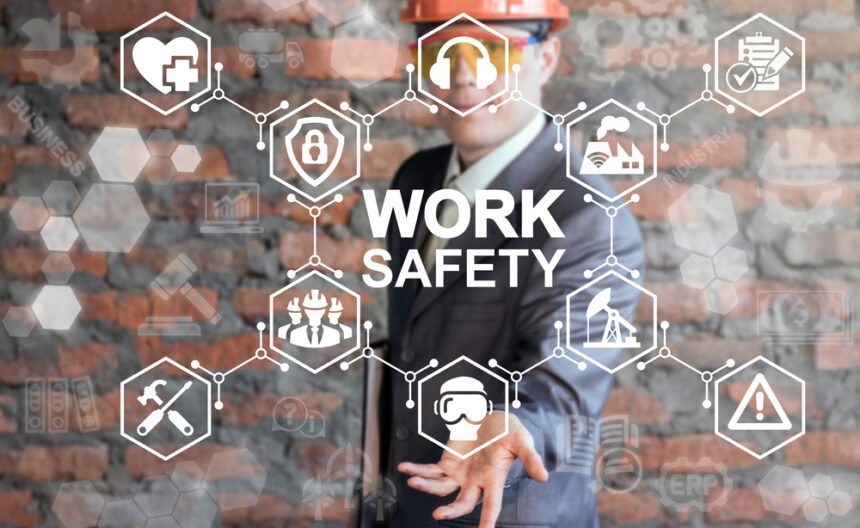Today’s economic landscape has made it possible for employers and companies to keep costs down and worker’s productivity up. Along with these new solutions are policies to keep workers safe, resulting in decreased calls to personal injury attorneys, which can effectively reduce the burden on employers year after year. Employers are now turning to technology to solve this billion-dollar dilemma. New technologies are now available for employers to take advantage of. These new tech options promise to significantly increase, not only workplace safety, but also productivity at the same time. Here are some of the latest technology advancements that employers should include in their next corporate meeting to reduce injury rates, work-related chronic pain and fatigue among their employees:
Wearable Devices
Wearable tech has long been used by a number of organizations to supplement their safety initiatives, particularly those that already have some form of Artificial Intelligence (AI) in place. One of the most useful wearable tech devices that employers can supply are shirts that can measure an employee’s biological data by analyzing their physiological status. With it, they can determine a task’s effects and the level of stress it has on an employee’s body. Managers can then use this information to adjust an employee’s daily tasks to remove too many stressors. Wearable tech such as wrist monitors can effectively gather information about an employee’s traits and match it to job requirements. It can also be used to determine the ergonomic risks of each employee.
Workplace Ergonomics
Companies should seriously consider taking advantage of having an ergonomic workplace. Many of the common complaints of workers come from prolonged sitting. Prolonged sitting has long been proven to affect a worker’s overall health by impairing digestion and reducing proper blood circulation. They can work with a trained ergonomist to assess each employee’s workstation to see what needs to be improved. Workers can benefit by updating desktops and desk chairs that promote better posture. It would also be useful to shift to ergonomic keyboards, which can effectively match the worker’s wrists. Along with updating their tools for working, companies should also invest in giving educational support to their workers so they can do a proper self-assessment of their overall health.
Artificial Intelligence to Predict Safety
AI is disrupting industries year after year as it keeps improving. One of the most beneficial uses of artificial intelligence is reducing workplace injuries. Developers came up with software that can effectively collect observation data from the job site. They will use this data to build a profile for a task and relevant department. They can use this information to determine risk factors and prevent them from causing harm to the workers. While still in development, this AI technology is a promising start for preventing workplace injuries. Similarly, AI can be further improved to develop an effective scheduling set up, so workers can avoid fatigue. Even huge companies such as Microsoft have invested in AI-powered observation systems to identify potential physical workplace hazards that can properly alert managers and immediate supervisors.
Exoskeleton Technology
While it may sound futuristic, exoskeleton technology is now being studied as a beneficial tool for personal protective equipment (PPE). It is extremely useful in potentially risky workplaces such as construction sites and warehouses where constant lifting, pulling and pushing are required from workers. Employers should look into this technology, especially if they don’t want to be part of the $15 billion statistics of overexertion injuries in the workplace. Aside from increasing human strength, exoskeleton technology can help workers from suffering sprains, strains, and other similar injuries.
Drones and Robotics
The use of robotics and drones is now expanding to the workplace. For several years, robots have already eased many jobs in manufacturing and industrial setups. But their contribution to workplace safety is relatively new. Drones are also increasingly being used in assessing outdoor sites where workers are at an increased risk of suffering from injuries and fatalities. If used with AIs, drones and robotics can effectively make the outdoor workplace a lot safer. Every employer has a goal of reducing overhead costs. Often, employers fail to factor in the cost of worker’s compensation and lost productivity for an injured employee. While investing in technology may seem expensive at first, it can actually save money in the long run. New technologies like AI will add as much as $15 trillion to the economy by 2030, and organizations will be the first to benefit from this economic opportunity. Employers should include technology in their investment plans. By working toward protecting employees, employers can benefit from a hefty return on investment. But they should still not forget traditional safety measures like the formation of safety committees, education of employees, and thorough inspection of workplace procedures. Employers with a solid commitment to the safety of their employees are often the ones that rise to the top of their industry because employees will remain loyal.

